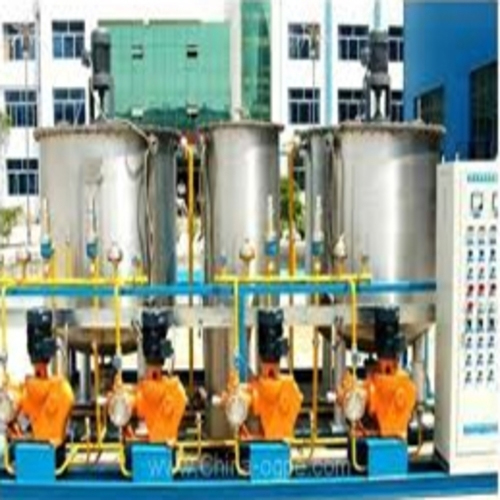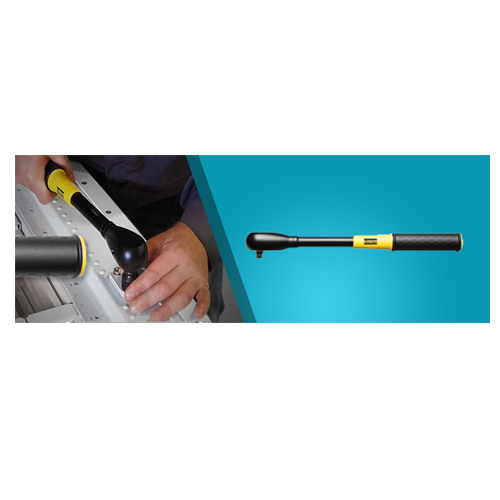Schedule a Call Back
Single Fluid Heat Transfer Systems
 Technical Articles
Technical Articles- Dec 03,14
When it comes to chemical reactions in production processes the right temperature is critical and so is the need for an appropriate heating/cooling solution. A Single Fluid Heat Transfer System (SFHTS) is the solution with multiple advantages over the traditional heat transfer systems, especially for the pharma industry.

Traditional Heating & Cooling Systems
Active Pharmaceutical Ingredient (API) manufacturing involves batch reaction, work-up, distillation, crystallization, hydrogenation, layer separation, filtration and drying as unit processes. Again, batch reaction involves heating and cooling stages ranging from -50 to +250oC. Traditionally, this was being done with multiple utilities such as chilled brine, chilled water, cooling water, hot water, low pressure steam, high pressure steam, etc. This traditional approach has limitations and some major disadvantages:
Limitations & Disadvantages with Conventional Utility System
- Different heat transfer fluids (HTFs) may require separate coils, heating and cooling jacket zones or external heat exchangers
- Time consuming changeover of HTFs and associated risks of human error
- Cross contamination
- Multiple utilities can corrode the reactor jacket
- Condensate recovery is not feasible
- Inefficient management of HTFs leading to inaccurate temperature control
- Process parameter deviations adversely affect product quality
- Complicated mechanical design, and
- Increases capital and maintenance costs.
Single fluid heat transfer systems are emerging as an ideal solution to overcome most of the limitations with traditional multi-utility based heat transfer and control system. In an SFHTS, a single fluid is selected with appropriate characteristics based on the operating temperature range and heat transfer rate.

Advantages of Single Fluid Heat Transfer System
- Suitable for extended ranges of temperature control based on fluid selection
- Accurate temperature control to ?1oC without any risk to the reactor
- Zero leakages in the process area
- Smooth continuous temperature control with no gaps
- No switching between HTFs preventing cross contamination, corrosion or thermal shock to the vessels
- Rapid heating and cooling profiles can be designed, reducing batch times
- Programmable ramp based heating and cooling possibility making it ideal for critical processes like crystallisation, etc
- Repeatability and accurate recordable measurements possible for regulatory compliance
- No interruption of process and no hotspots resulting in higher product quality and yield
- Single and multiple skid based solution enables reduction in complexity, overall costs and reduction in manpower resources, and
- Overall increase in safety, productivity, yield and regulatory requirements.
How SFHTS works & its utility in Process Industry

It is critical to manage heat transfer between the two interconnected systems. The rate of heat transfer from reactor to the fluid in the jacket of the reactor depends on flow rate of the heat transfer fluid, temperature difference between the fluid and reaction mass, and properties of the fluid.
This fluid then exchanges the heat with steam or other cooling fluids in the heat exchangers of the single fluid system. These heat exchangers should be sized considering the heat transfer rate for the reactors. Since the system is a closed loop system, expansion tanks are to be provided to take care of density variation of the heat transfer fluid at high and low temperature to ensure the system is always flooded but not over-pressurized.
Single fluid heat transfer system is normally connected to a single reactor, where the Temperature of the system is varied as per the process requirement, thus maintaining the constant temperature difference between the process and fluid temperature. This gives precise control over heating and cooling rate. Thus, not only the temperature is controlled as a critical process parameter but also the heating-and-cooling time is controlled as a critical parameter. This results in batch-to-batch consistency and higher yield.
A single fluid system finds its application in a very high temperature reaction, since after the reaction the reaction mixture temperature has to be brought down to the room temperature. The gradual cooling is feasible by selecting the heat transfer area of the secondary system.

SFHTS Skids by Polmon
Polmon manufactures skid mounted single fluid heat transfer system with PAC based control. The SFHTS can be customised for specific applications, engineered and built at site in a transportable skid. The major components of the skid are the heat exchangers, pumps, sensors, control valves, PAC and all the associated instrumentation for measurement and control of the SFHTS. Multi temperature single fluid systems can also be used to cater to various reactors, when the facility has more than one reactor operating at single temperature range. Polmon SFHTS skids are preferred and proved to be ideal for crystallisation reactions, metal reactions, alternate heating/cooling processes, processes requiring quick temperature changeovers, and for multiple operations with different reaction kinematics.
Polmon also offers process automation solutions like reactor control automation; solvent recovery automation; solvent dispensing automation; hydrogenation automation; crystallisation automation; tray drier automation, etc.
Contact: Mobile: 090000-92123. Email: dbujjai@polmon.com
Related Products

Ozone System
Omnicorp Environs & Infratech Co offers a wide range of ozone systems.

SWR ’Slipping’ Wrenches
Reliable
Trade Links offers a wide range of SWR ’slipping’ wrenches.

Gripping Systems – Rgg
Schunk Intec India Pvt Ltd offers a wide range of Gripping Systems – RGG - cleaning
device with shank interface.

















